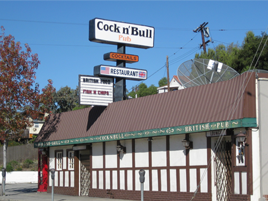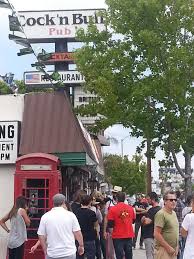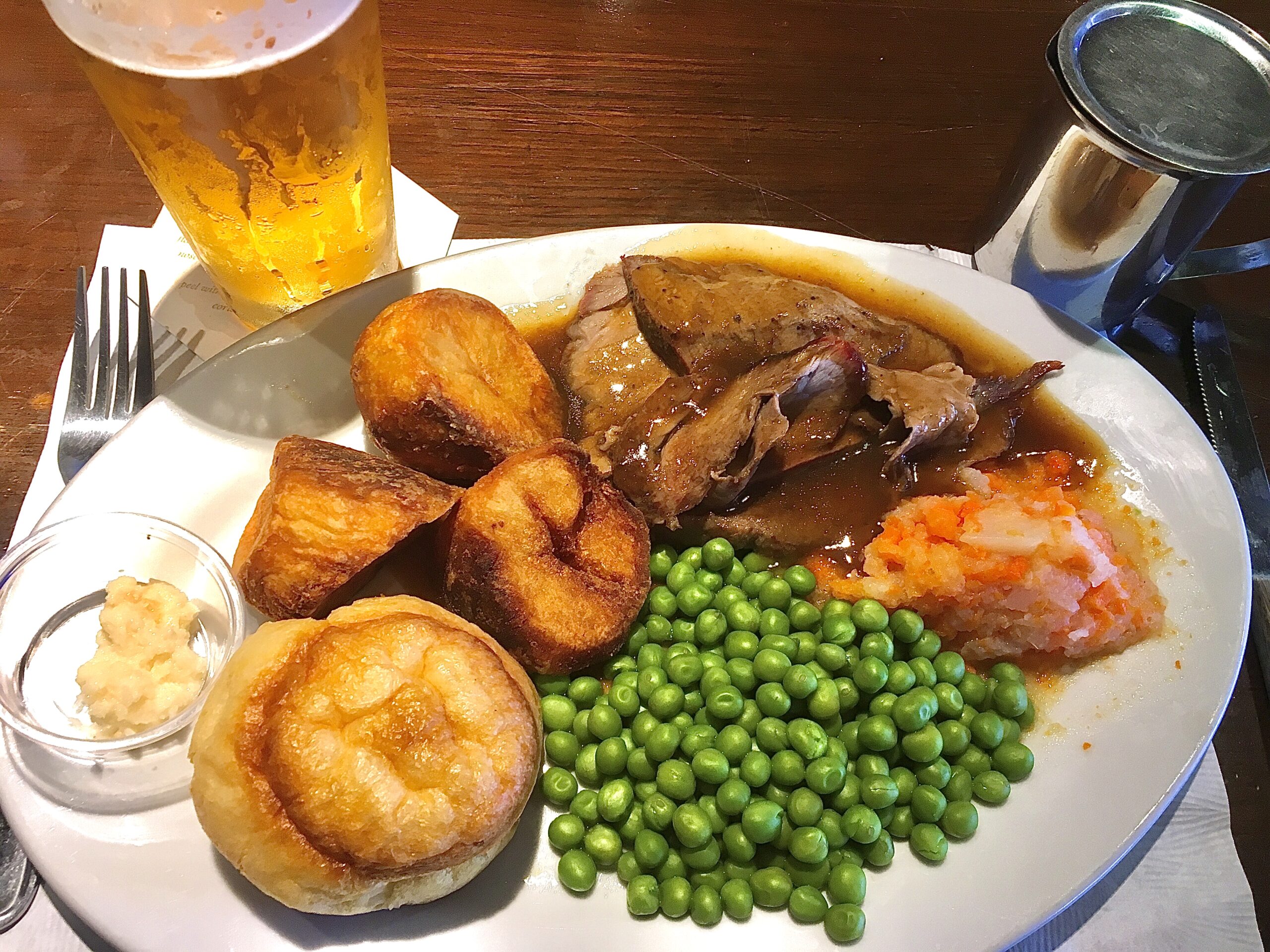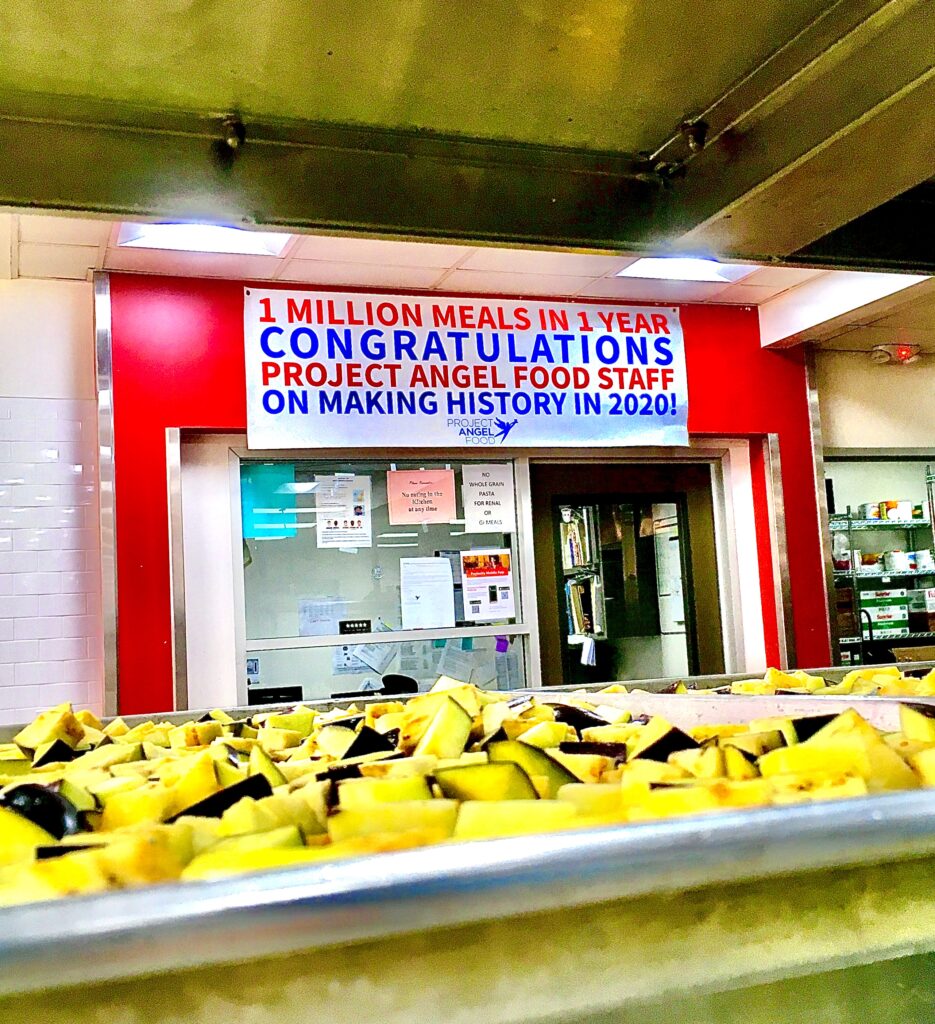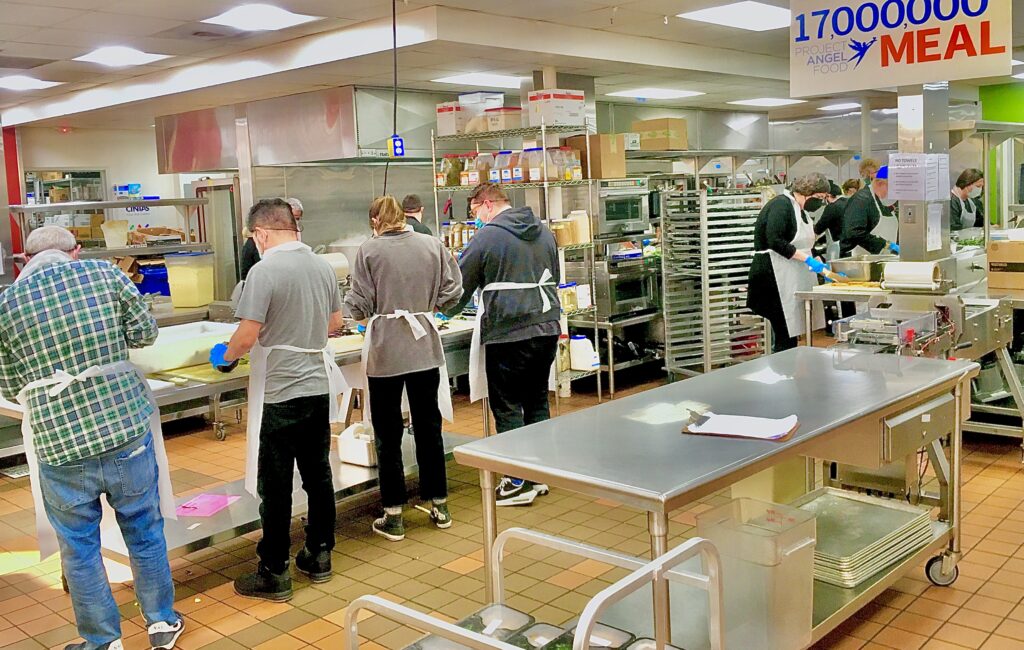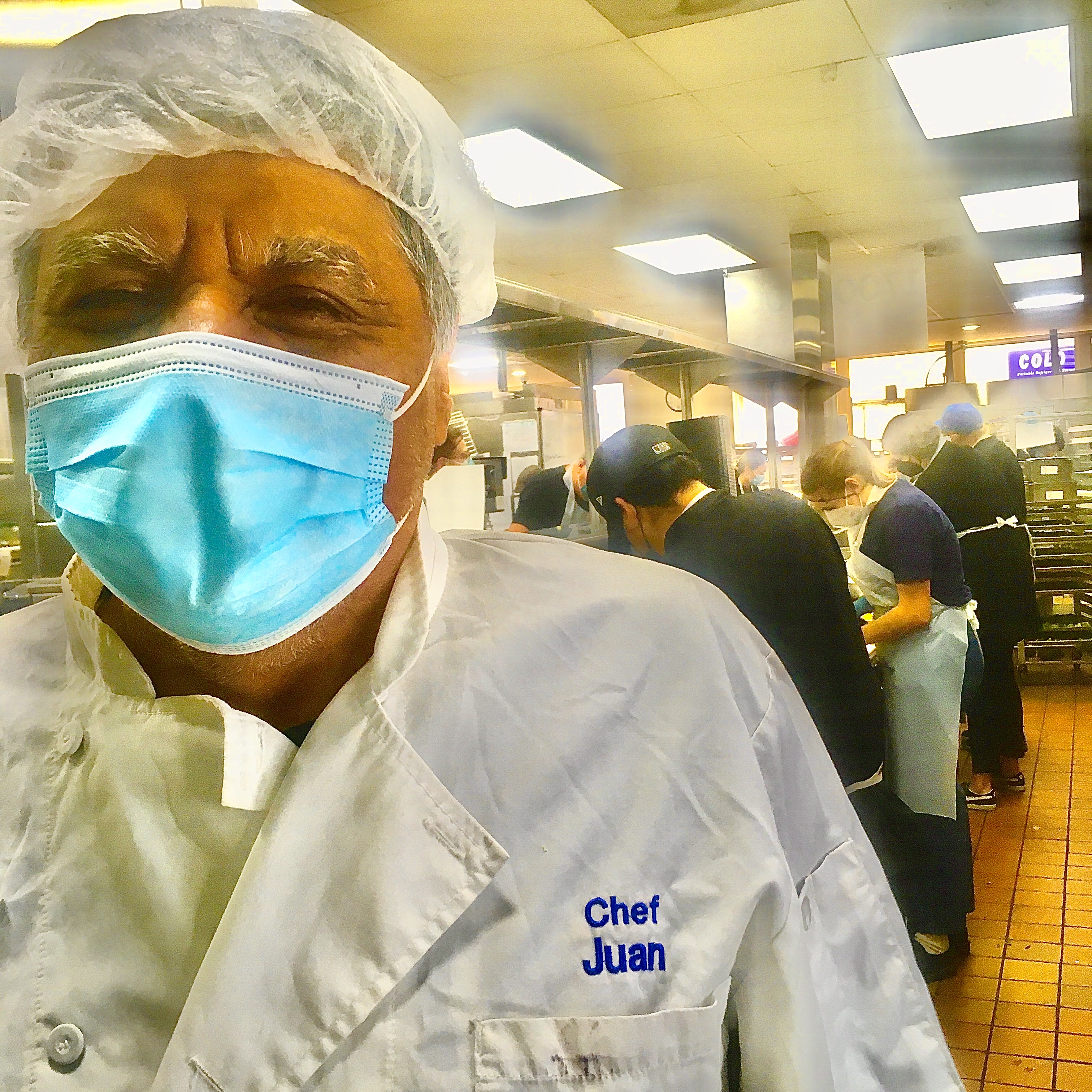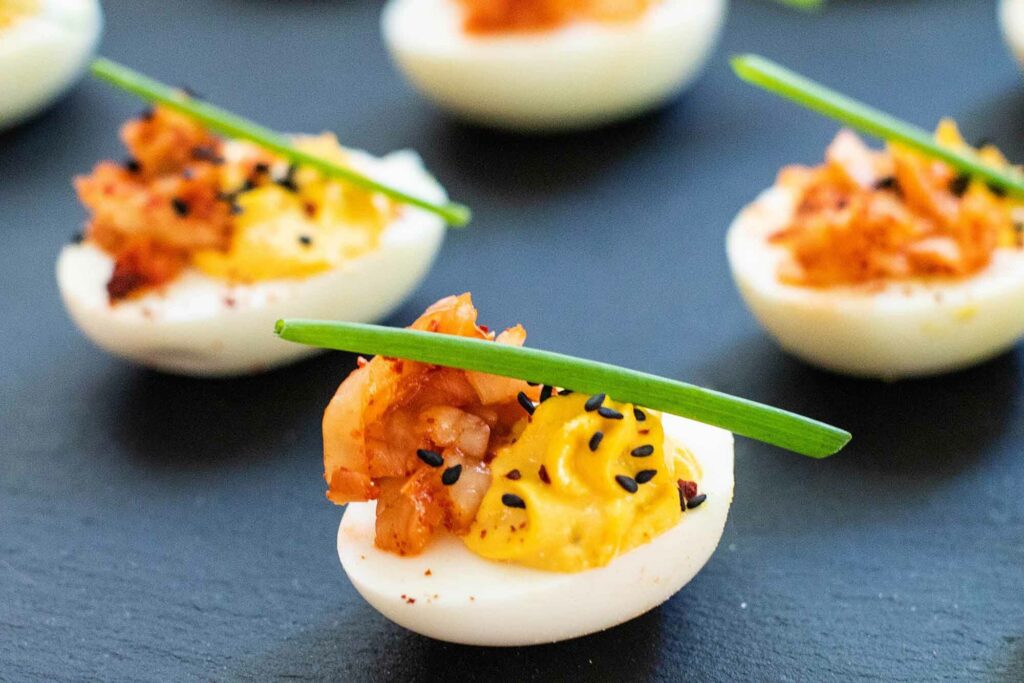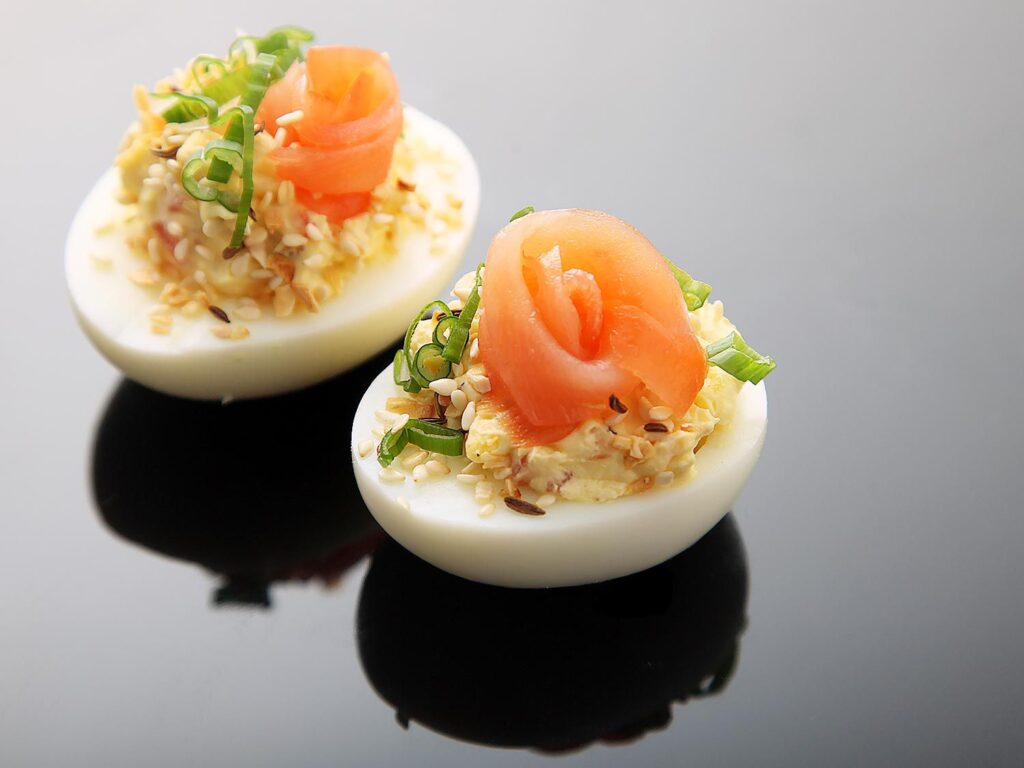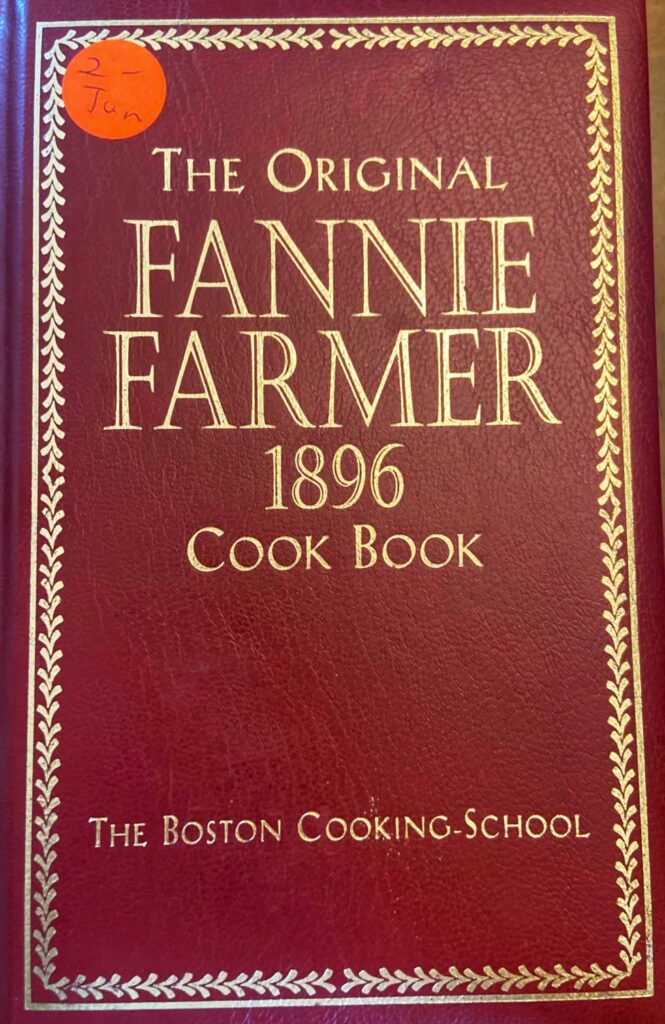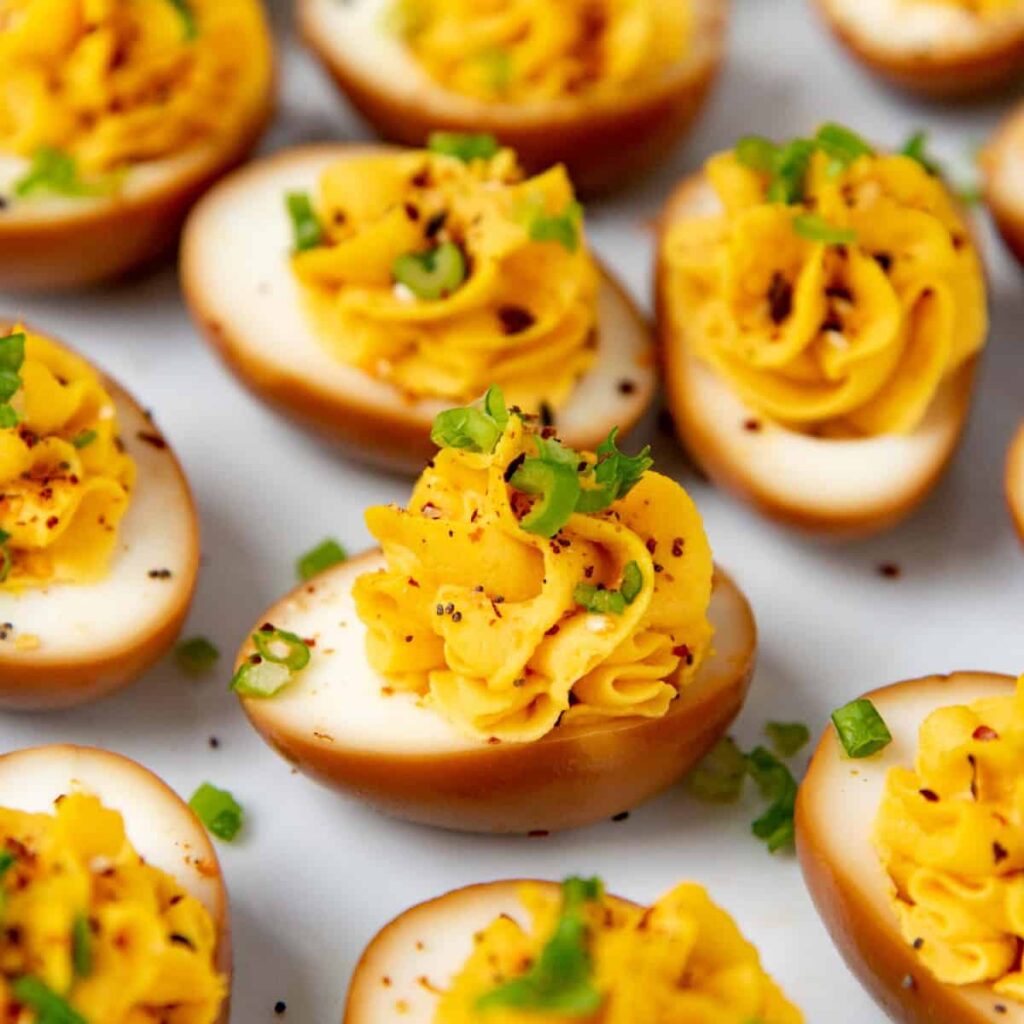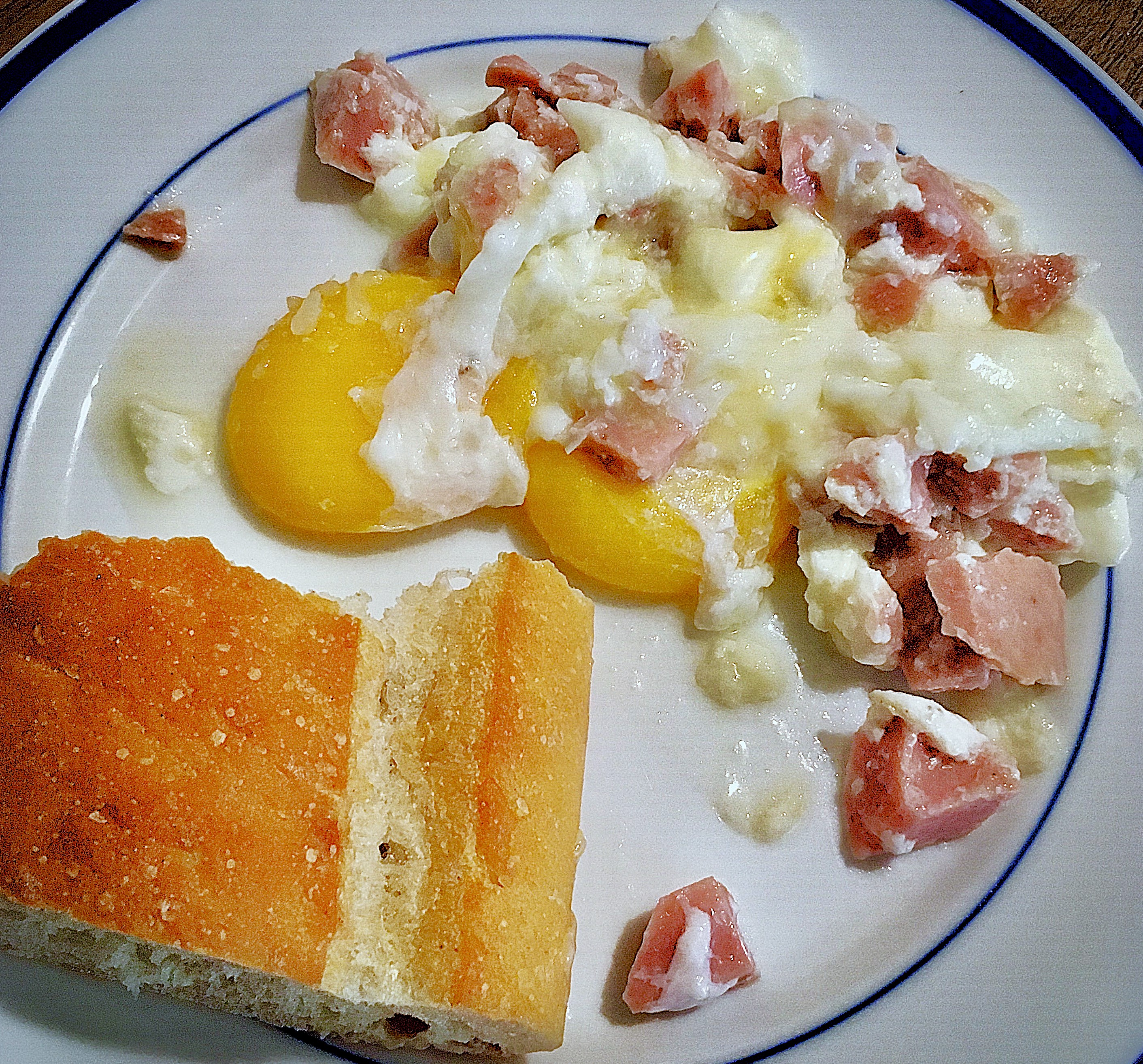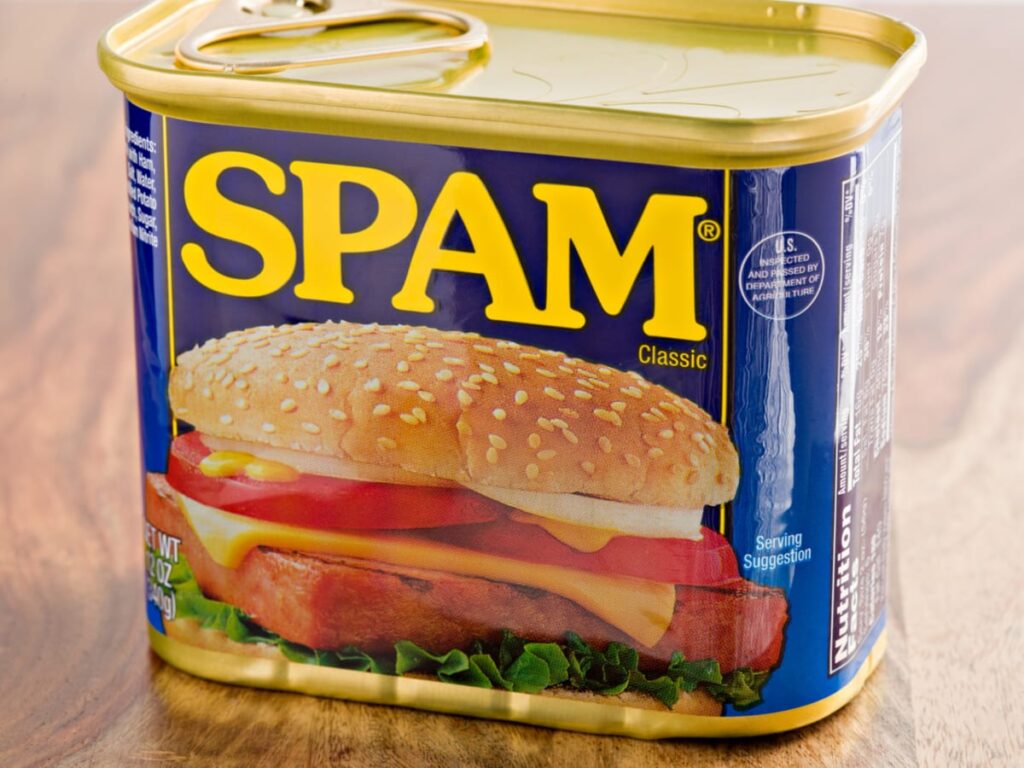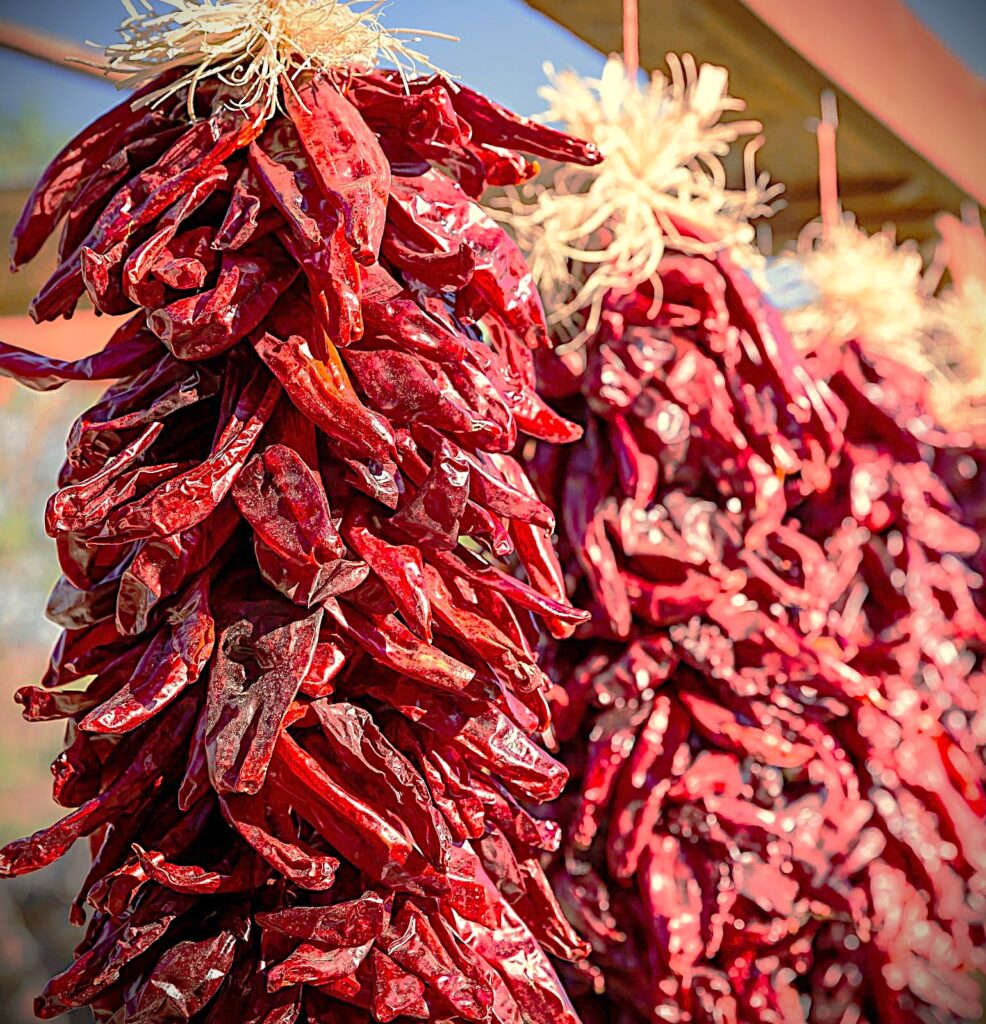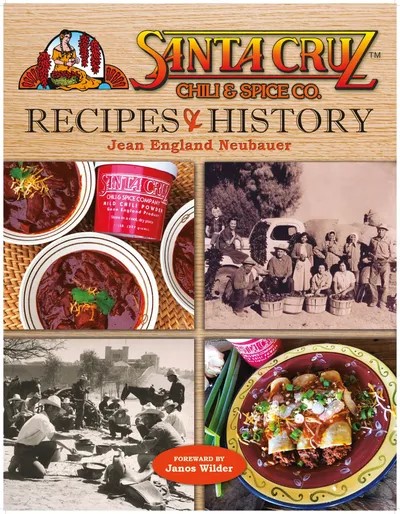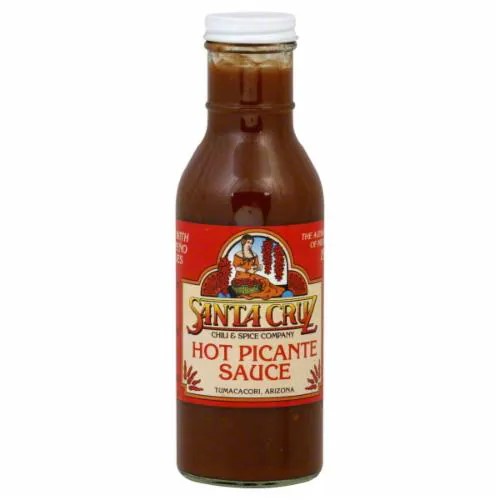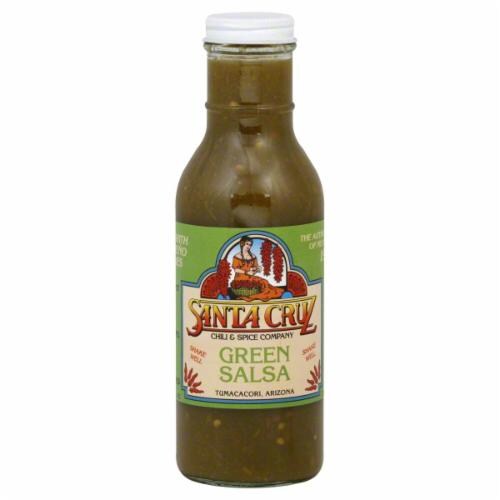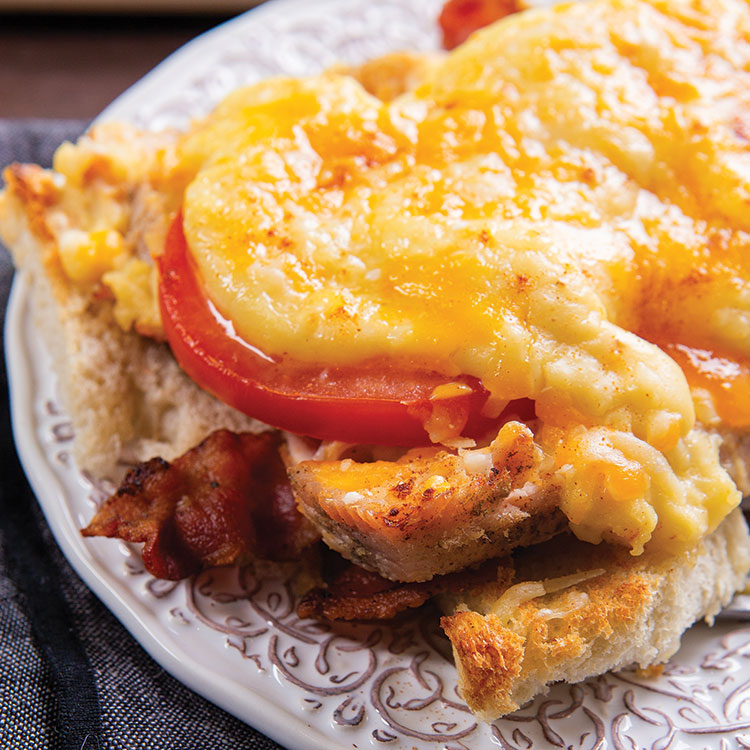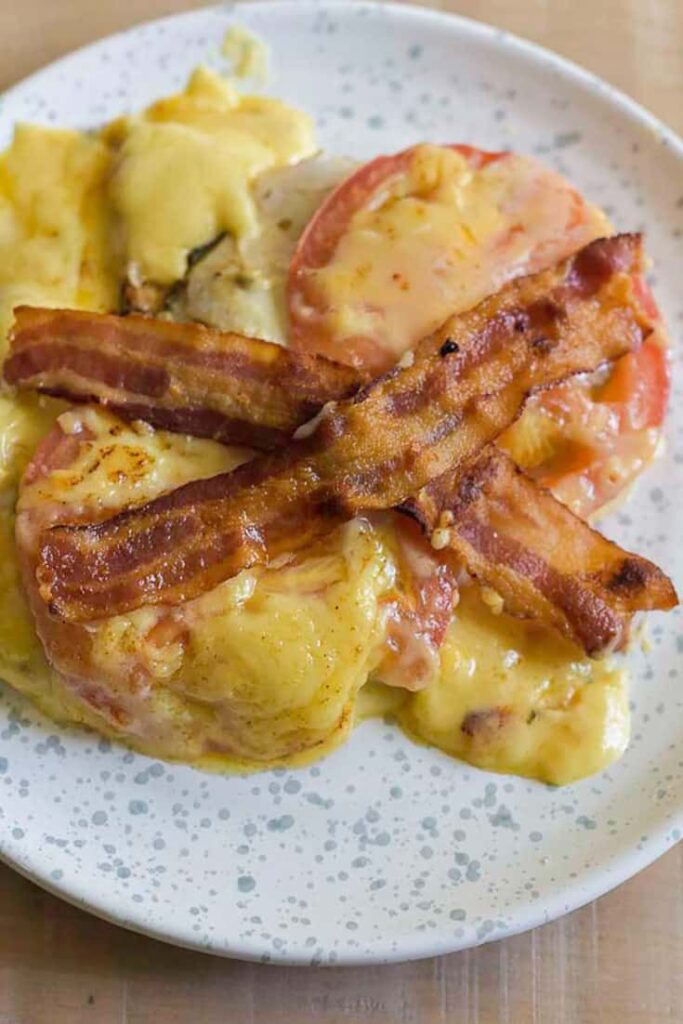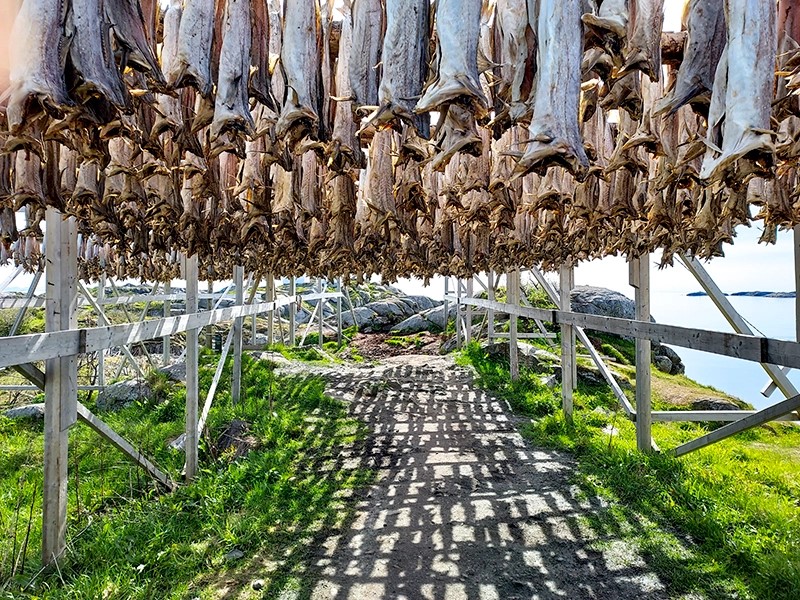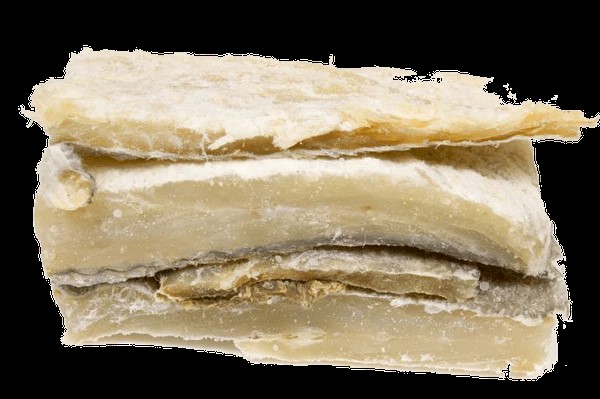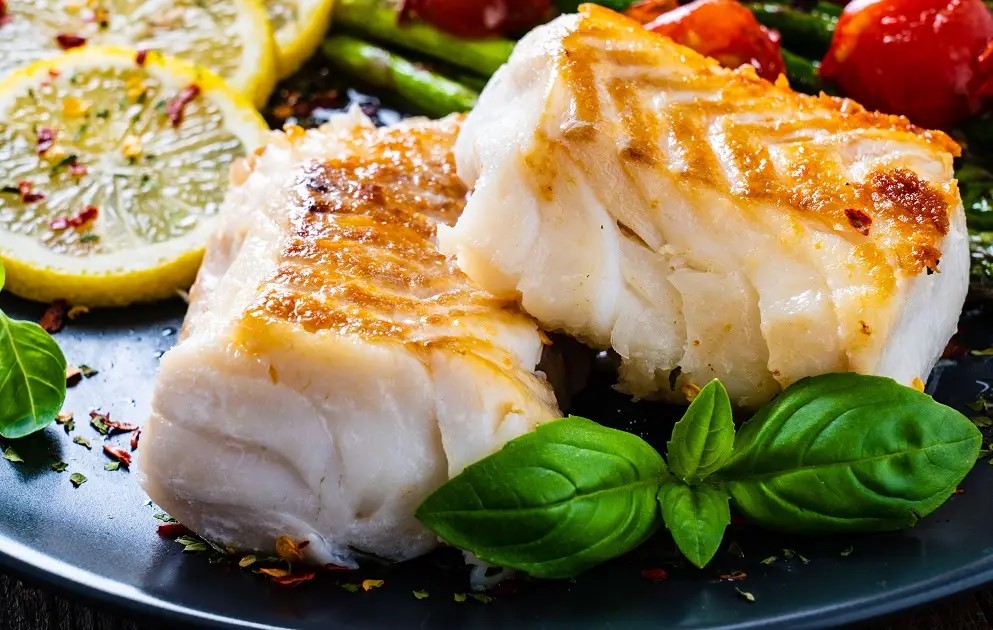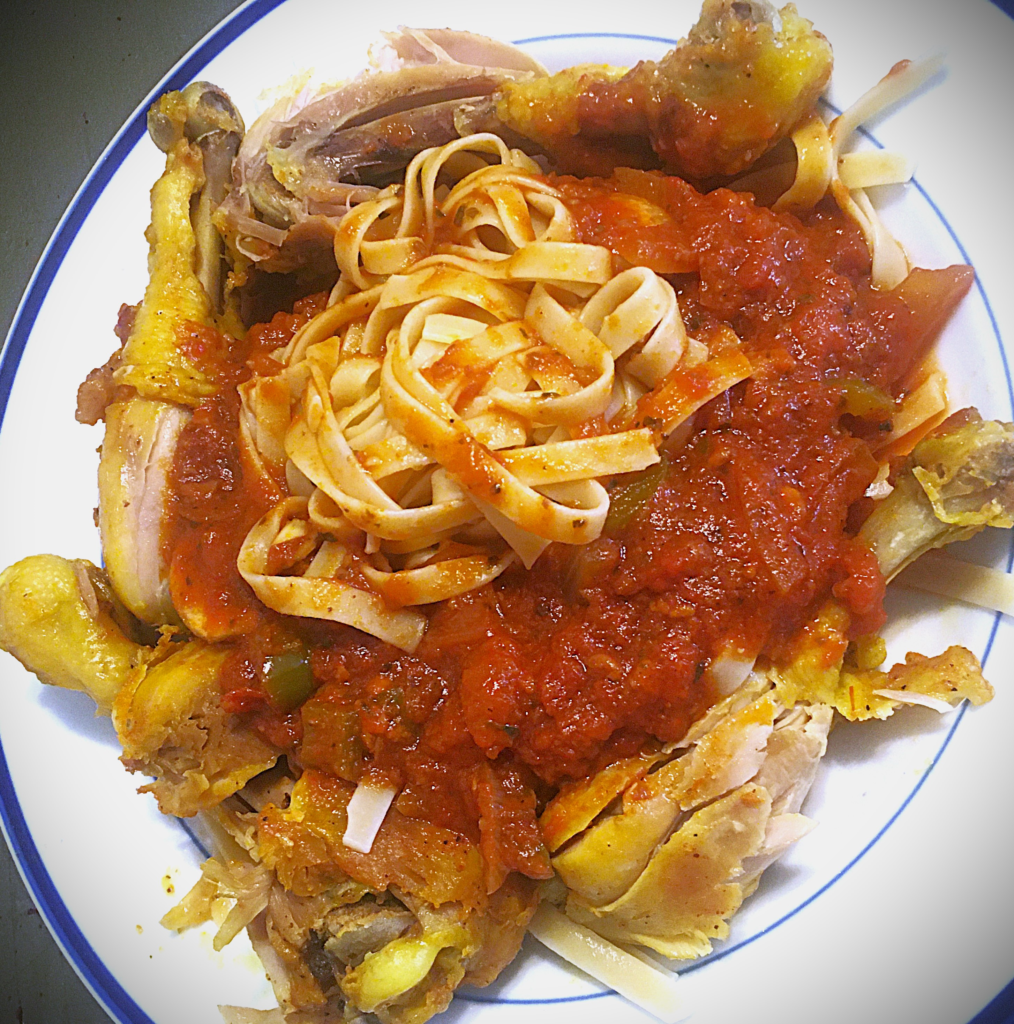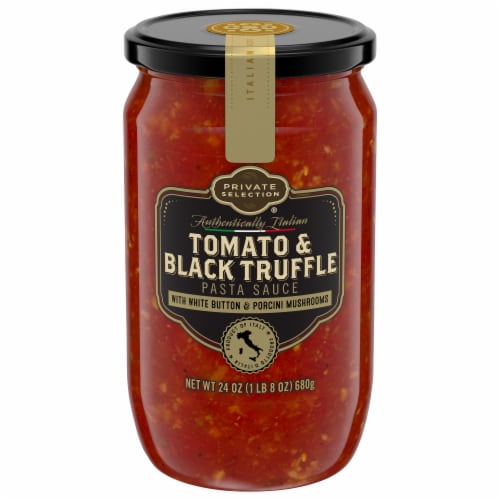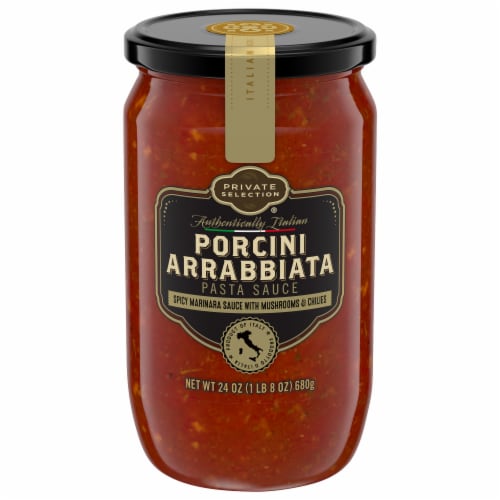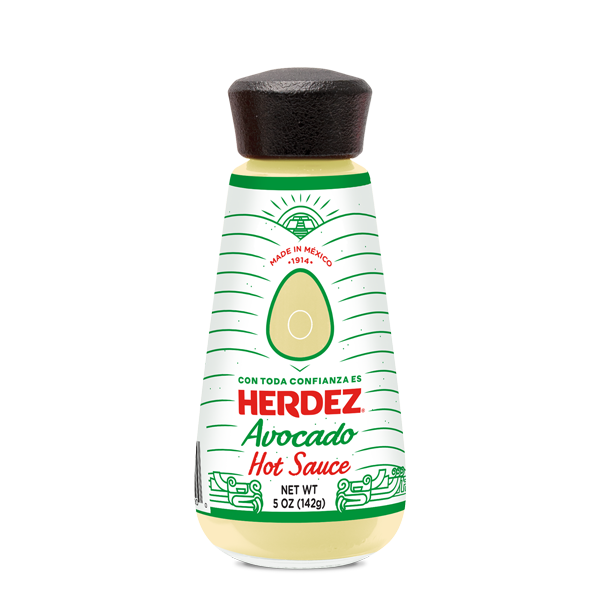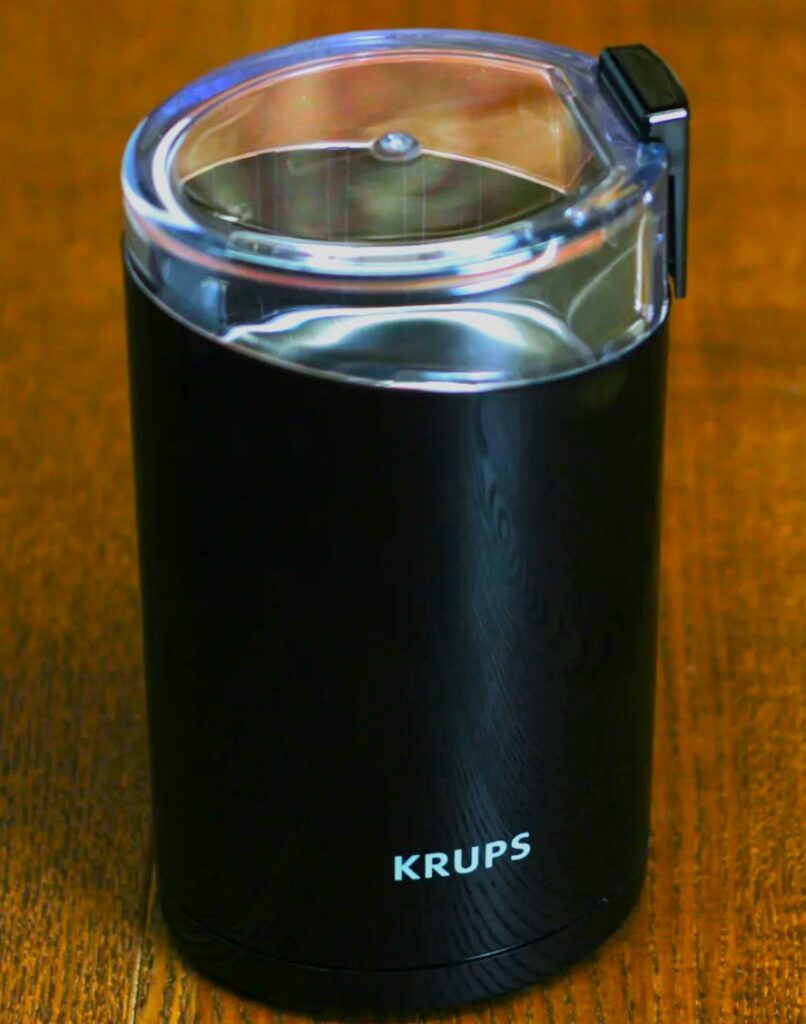Established in 1990 the pub was owned by Tony Moogan from Liverpool, England. It was voted the best soccer bar in the USA in 2002 by FSC.
Their web site claimed “British pub and restaurant in Santa Monica – we serve British beers and British Food such as Fish & Chips. All of our food is home-made in our kitchen. Try our delicious pies!
We are a renowned Sports Bar and have won many awards as the Best Soccer Bar in the USA – come and watch the live English Premier League games, World Cup, Champions League, NHL, NFL and International games on our large Hi-Def screens.
We are home to the Pittsburgh Steelers and have the NFL package.
Home to a friendly British staff and customers. Frequented by Santa Monica locals and visitors alike.”
This place was great. A typical Irish pub in that you could be from anywhere, walk in and enjoy a pint and bite while feeling like you’re in a local living room. They shared this experience with me. The staff was a family of friendly faces. Everyone was cool and got along well.
Davey was a cool bartender. He had a thick accent and I don’t think he heard as well as he could have but his mind was always going.
Barney was always cool with everyone and always hand his finger on the pulse of the neighborhood doings.
All the staff girls were locals and just lovely. All were strong, smart and driven.
I loved going there for Happy Hour and getting $5 pints. Rich, the road worker, would almost always be there along with all of the other locals.
For breakfast they offered King Size, English or Scottish Breakfast and all were a solid plate’s worth of food to help anyone feel better.
I’ve watched many big sports games in that place. The Kings winning the Stanley Cup was a good time as was any Sunday during the NFL season. During big English football matches the place could be so packed the crowd would spill into the parking lot and out onto Lincoln Blvd as seen below.
Sunday nights were reserved for the famous lamb dinners they prepared. Sometimes they would sell out if you arrived too late. The other option was the roast beef dinner. Personally, I much preferred the lamb and almost never asked for the roast beef. On a couple of occasions I actually stuffed 2 lamb dinners into my face!
They also had a low rise stage that many entertainers performed on. The photo below was the image painted on the wall behind the stage.
The Cock n Bull was an awesome place and is forever cemented into the history and souls of many south side Santa Monica locals.
Currently, after a couple years of closure, the old place is being renovated to become another Mexican restaurant. Oddly, there are a few well established Mexican restaurants within a couple blocks walk, so competition for Mexican food might swing in the favor of the consumer.
Thank you very much and forever cheers Cock n’ Bull.
